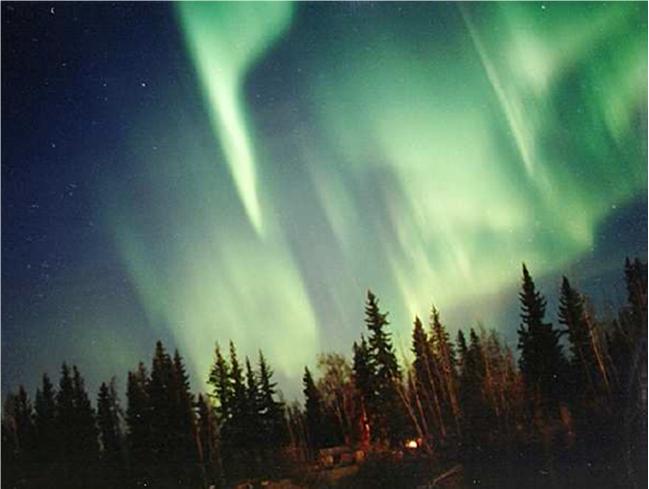
Week 1-2: What is plasma? Occurrence of plasma in nature, Concept of temperature, Debye shielding, Plasma parameter, Criteria for plasma
Our planet is made of matter in the solid, liquid and gaseous states. Plasmas are unusual and exotic here. Plasma usually exists only in a vacuum. Otherwise, air will cool the plasma so that the ions and electrons will recombine into normal neutral atoms. In the laboratory, we need to pump the air out of a vacuum chamber. In the vacuum of space, however, much of the gas is in the plasma state, and we can see it. Stellar interiors and atmospheres, gaseous nebulas, and entire galaxies can be seen because they are in the plasma state. On earth, however, our atmosphere limits our experience with plasmas to a few examples: the flash of a lightning bolt, the soft glow of the Aurora Borealis, the light of a fluorescent tube, or the pixels of a plasma TV. We live in a small part of the universe where plasmas do not occur naturally; otherwise, we would not be alive.
In fact plasmas have been studied systematically for less than two centuries, but in that time a whole range of uses for plasmas have been discovered many in just the last three or four decades. Now is an exciting time to be looking at plasmas.


